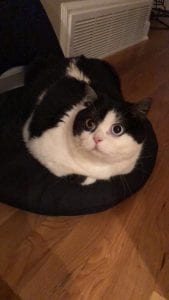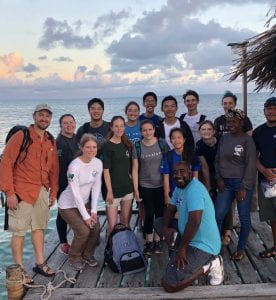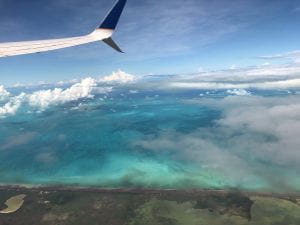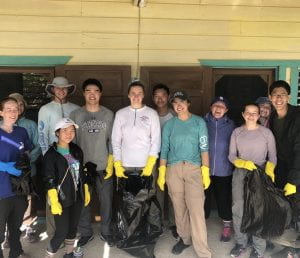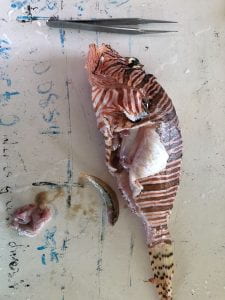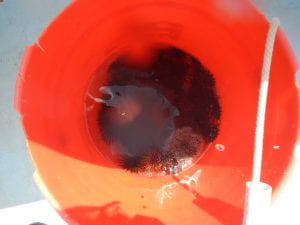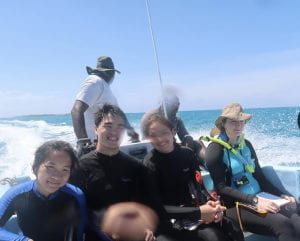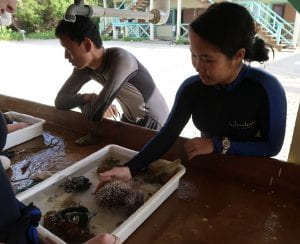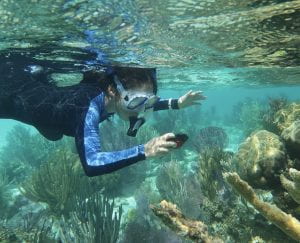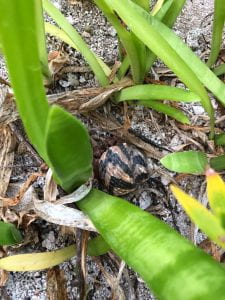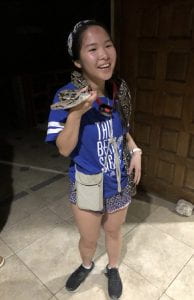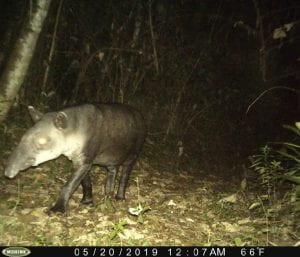Wow! What an amazing experience! Our class of 11 was constantly at work hiking, setting up pit fall traps, collecting data with transects, snorkeling, collecting data with quadrads, interpreting data, putting together poster presentations among other activities. In total, we accomplished 6 research projects with poster presentations for each of them. For each research project, we learned something new and interesting about the unique environment that we were living in for half a month. The experience involved a lot of hard work both physically and mentally, but it rewarded me with knowledge, fun, friends, and a lasting appreciation for the beauty of this world. It is nice to be home, where there’s air conditioning, WiFi, warm showers, less mosquitoes, no sandflies, but I will be thinking about Belize and my experience there for a long time to come. Thank you Dr. Solomon, Dr. Shore, Las Cuevas Research Station, and Glover’s Reef Research Station—for this one-of-a-kind opportunity!
Lepidoptera:
- Eurytides marcellus, Zebra Swallowtail
- Morpho peleides, Blue Morpho
- Ascalapha odorata, Black Witch Moth
- Sphingidae genus, Sphinx Moth
- Heliconius hecale, Tiger Longwing
- Eacles imperialis, Imperial Moth
-
Papilio polyxenes, Black Swallowtail
Piscivorous Fish
- Ocyurus chrysurus, Yellowtail Snapper
- Pterois volitans, Red Lionfish
- Sphyraena genus, Barracuda
- Halichoeres bivittatus, Slippery Dick Wrasse
- Hemiramphus brasiliensis, Ballyhoo
- Ginglymostoma cirratum, Nurse Shark
Above is a list of the different species I saw from my taxons while on the trip. Below is a picture of a different species that I see at home. Glad to be reunited with my house cat (Felis catus) pictured below in his natural habitat!

